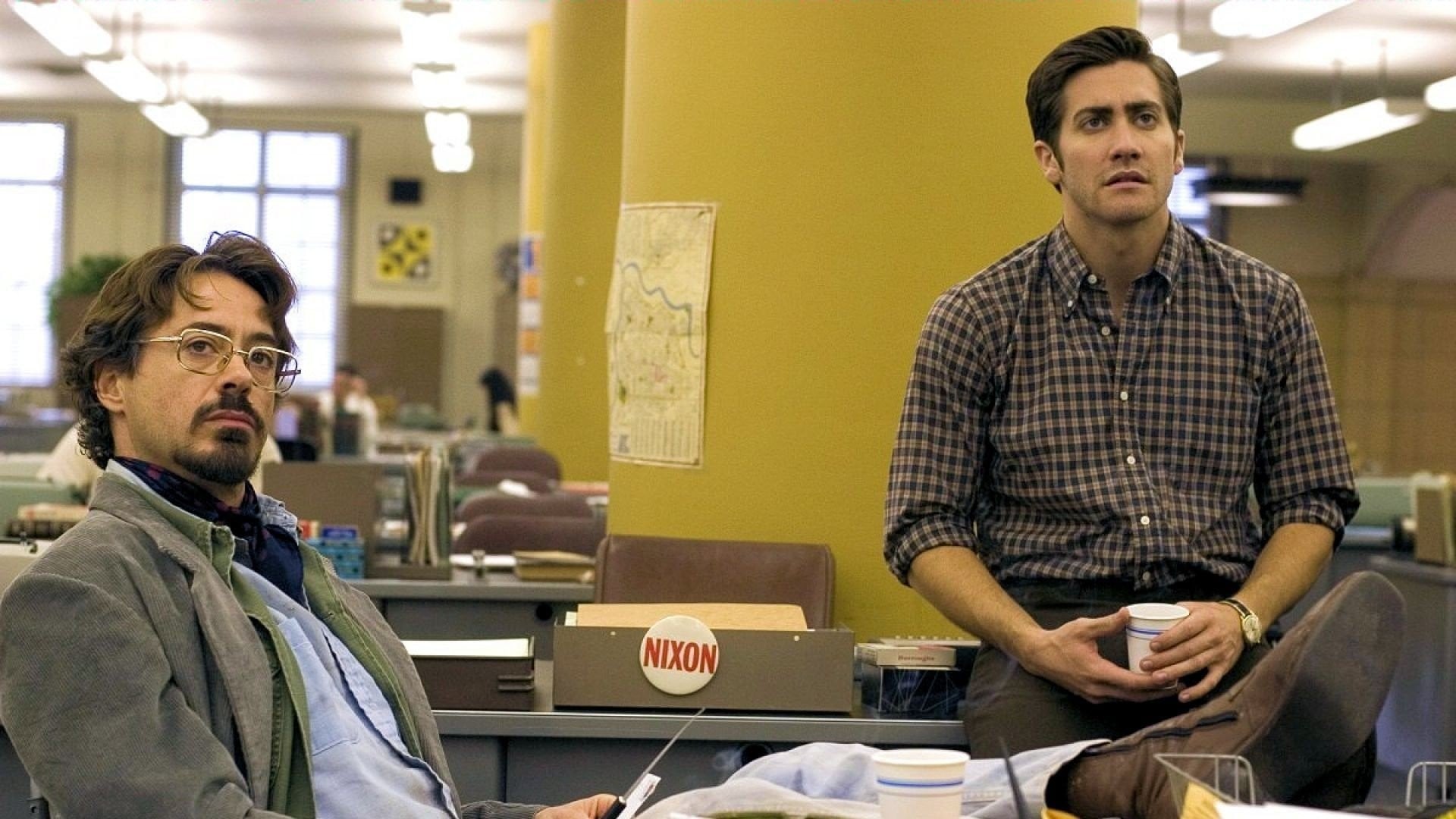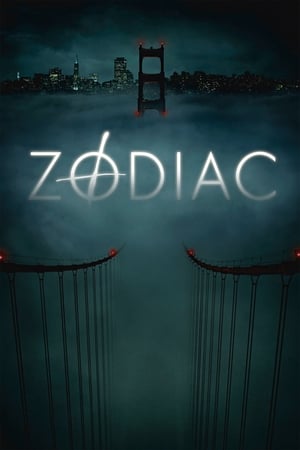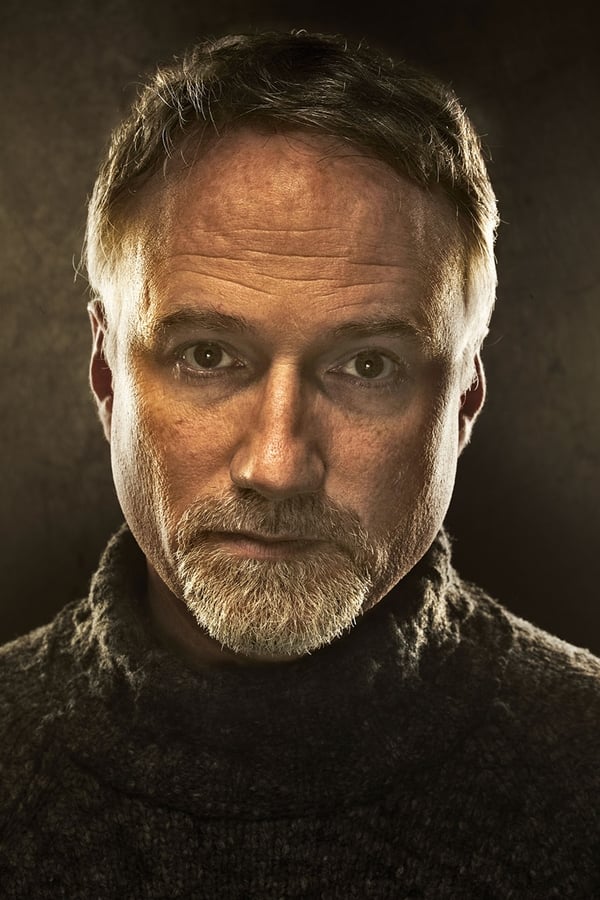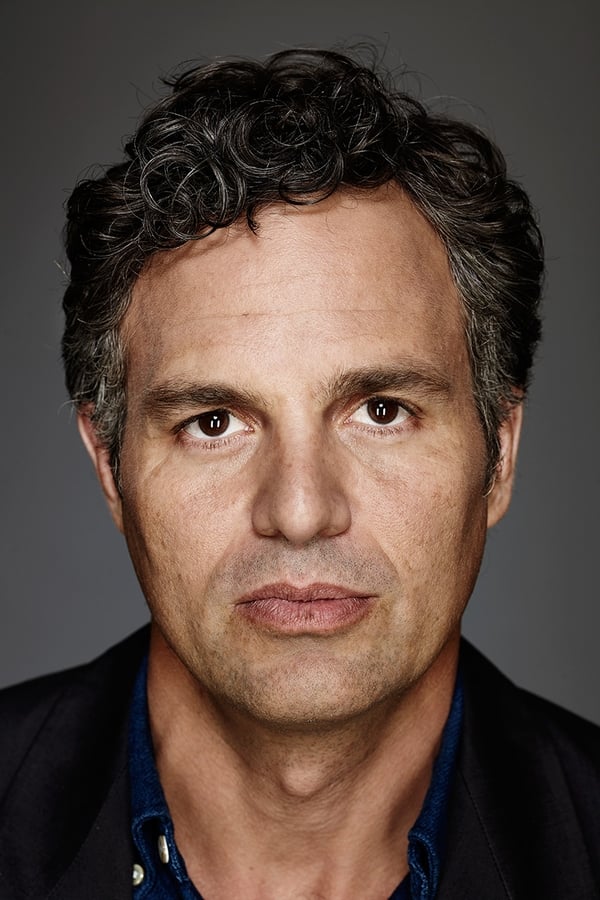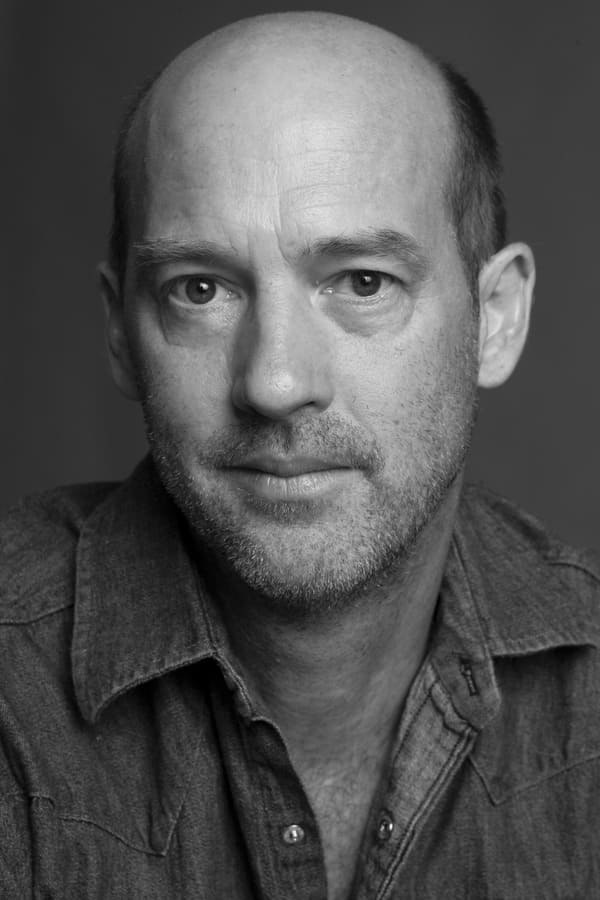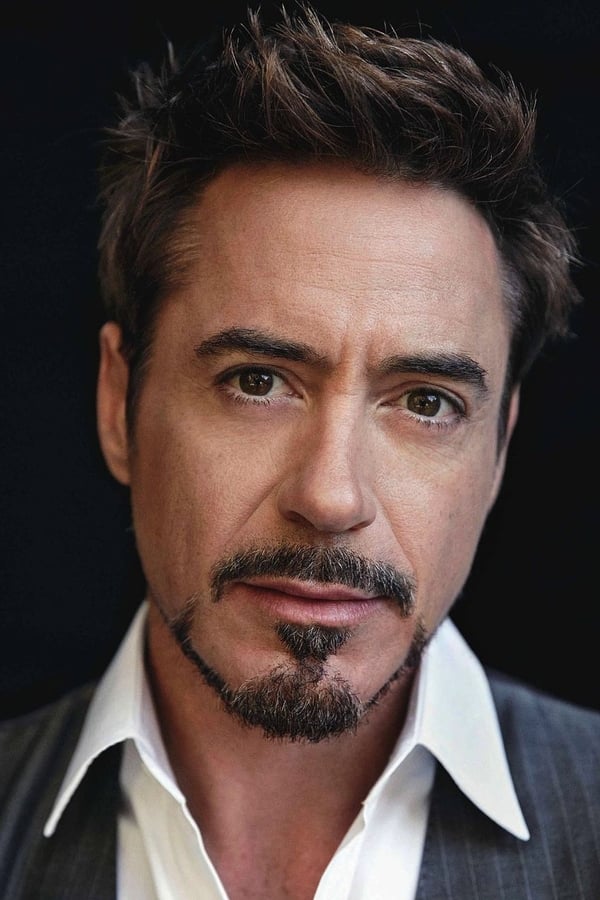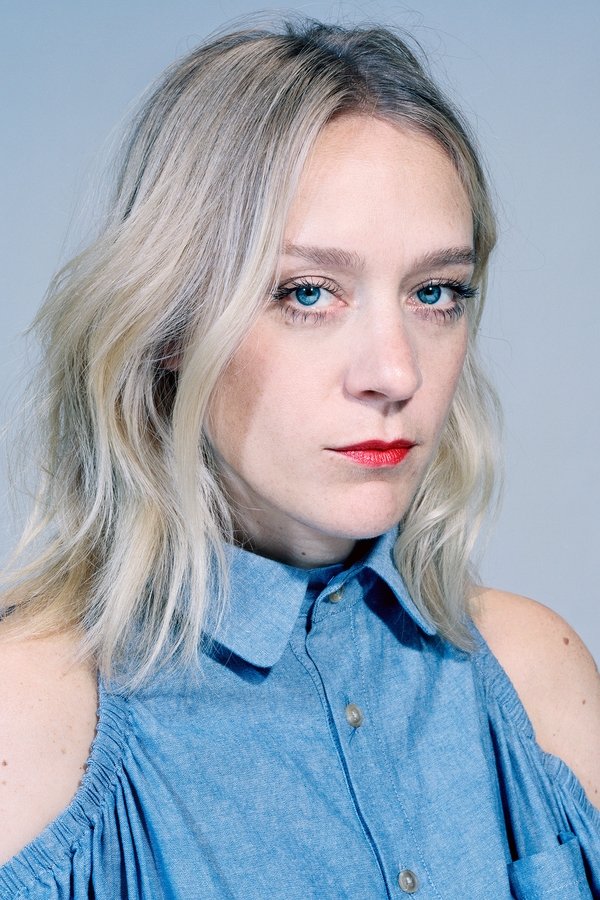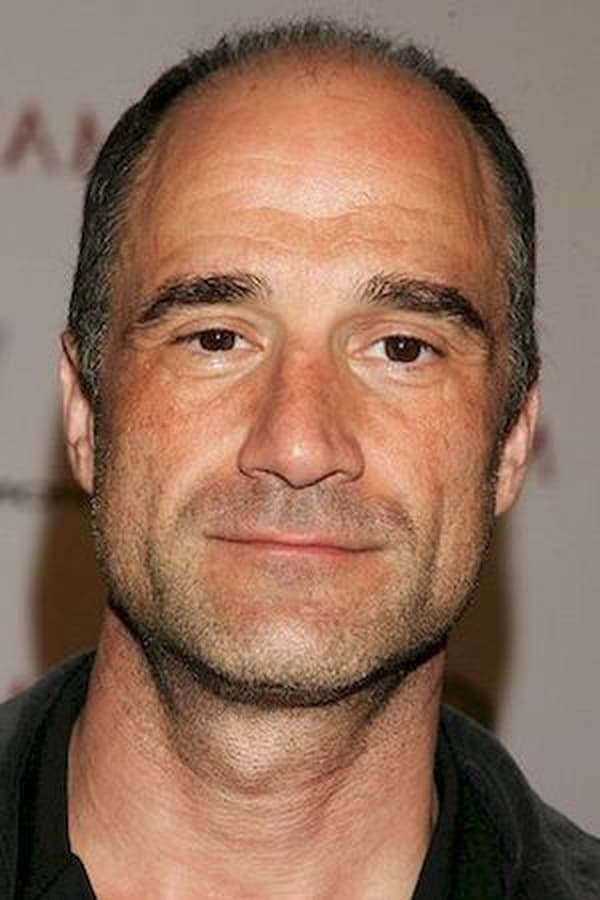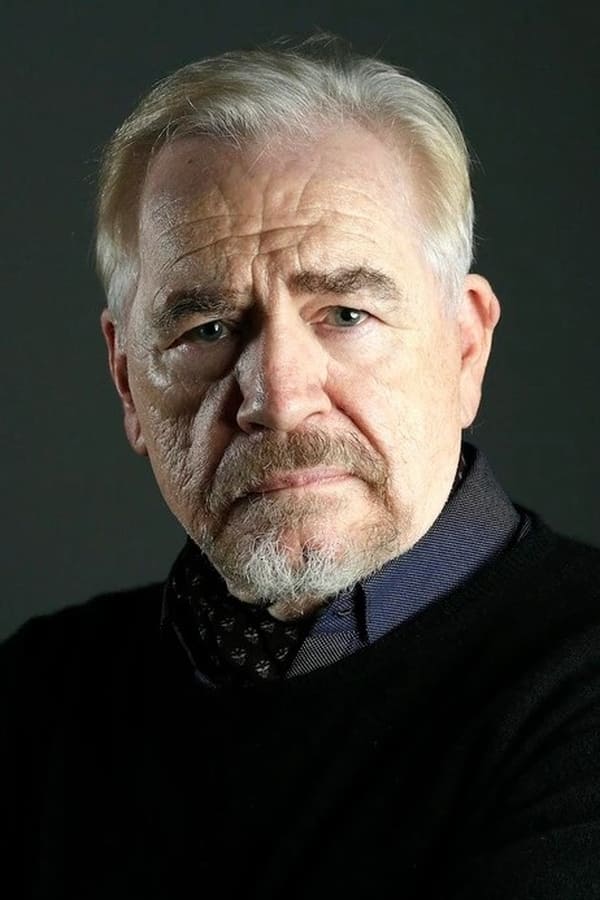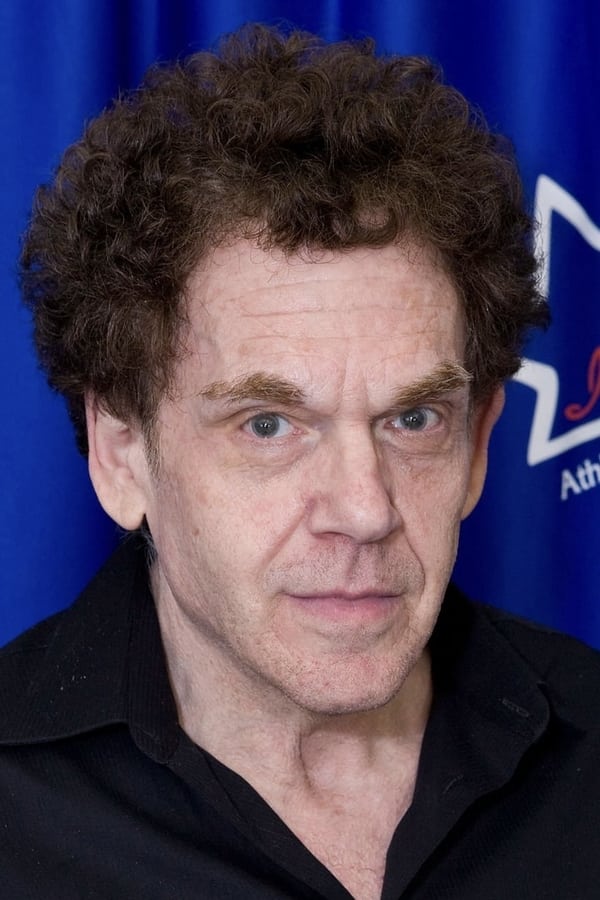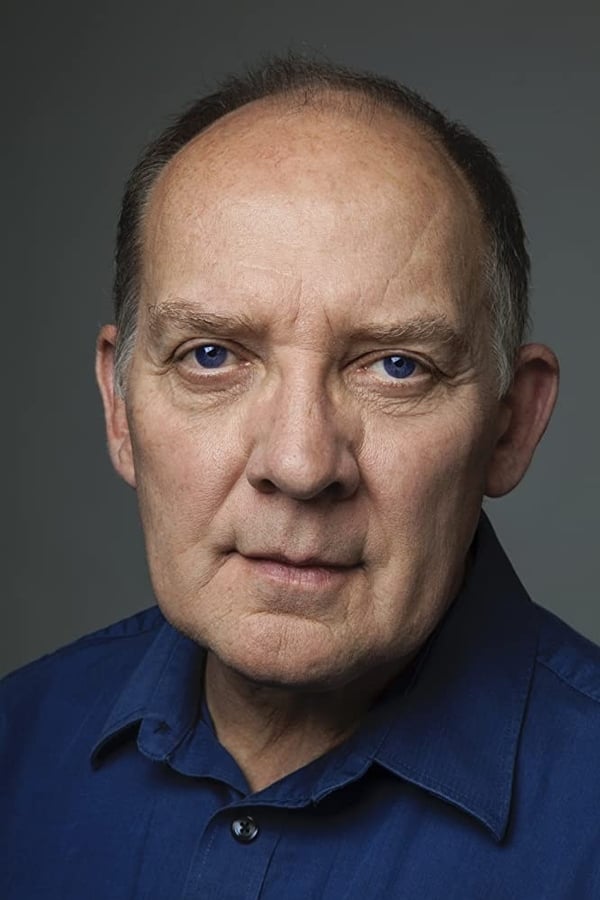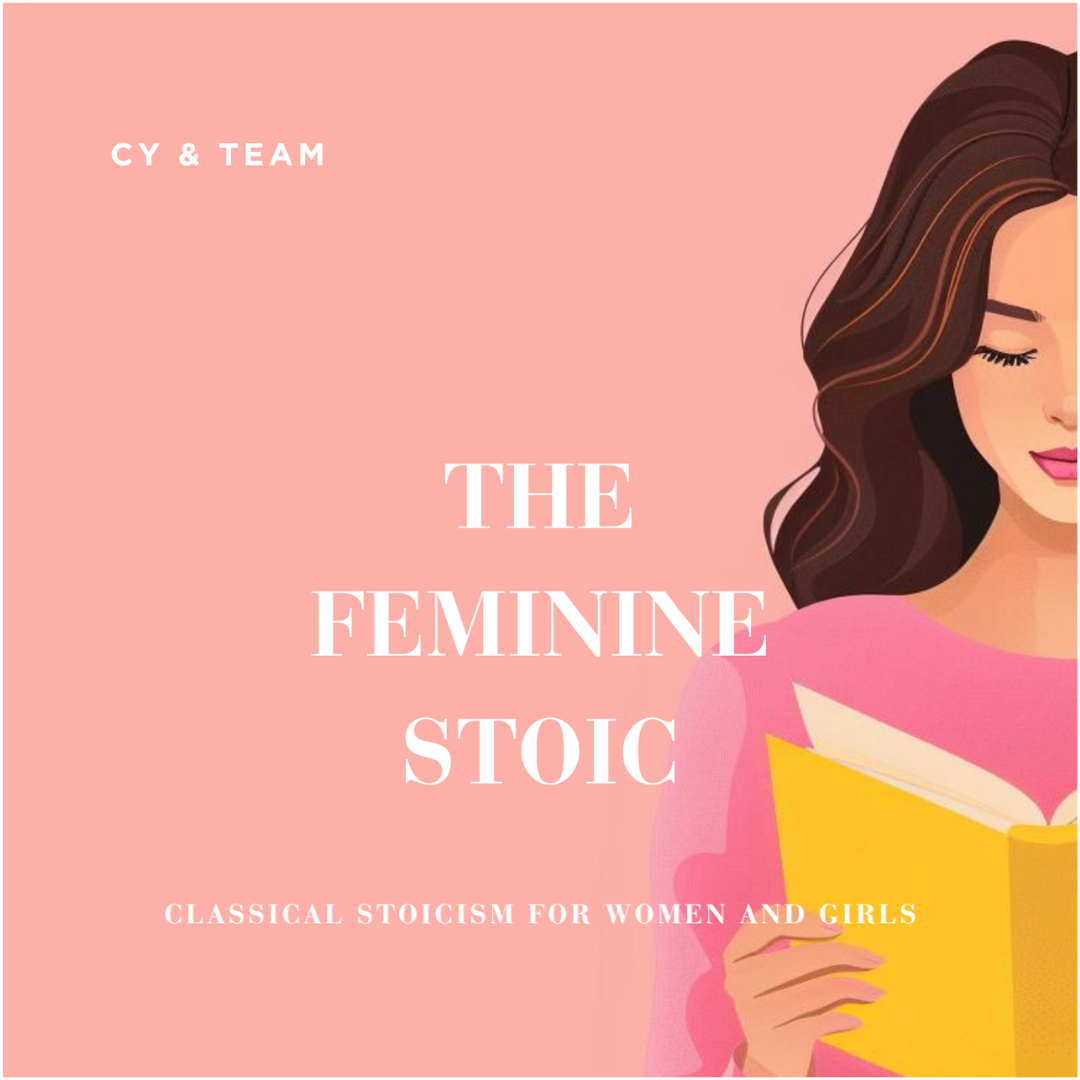The Dark Knight is widely considered to be the best comic book film of all time. Be it the poeticism in the screenplay and the visuals, or the unforgettable performance of Heath Ledger as Joker, it’s unquestionably a milestone in superhero filmmaking. So when one more Batman film was announced, I was a little skeptical. Honestly, there have been too many renditions - not that I’m complaining because I love the character and what he symbolically stands for - but there hasn’t been much uniqueness, apart from the Christopher Nolan trilogy. Still, the trailer had the color palette that felt like it was right out of a David Fincher crime thriller like Se7en or Zodiac. So, I naturally got stoked because if it was truly Fincher-esque, it would be a treat to the eyes and the mind, and I’d always wanted a Noir style film about Batman. The character is a great detective and the older comic books look and feel like the Noir movies from the 60s or 70s.
And Matt Reeves’ The Batman sequel delivers on that front! As a superhero nerd and a childhood fan of Batman, the film is like a dream come true. The Gotham presented in the film looks exactly like what one would imagine a live-action version of the comic books would look like. It’s a stale lifeless toxic dumping ground of criminal activity in a maze of sprawling skyscrapers that obscure the horizon from the eye and shield their inhabitants who apathetically enjoy the pleasures of being rich, oblivious to the suffering of the citizens of the place they call home. There are a few good people looking to make an honest living, whom Gotham will deny thanks to a corrupt police force and an abundance of hooligans, petty thieves, and highly skilled assassins. It’s a nightmare of a city, with the architecture looming like buildings out of a Gothic horror, providing shelter to the dark forces under the shadows they cast at night. And yet, it’s those shadows which the criminals themselves are afraid of. The very same spaces that allow the proliferation of delinquency also harbor the famous Caped Crusader.
Opening on a Halloween night drenched in rain, Gotham is presented to the viewer through a voiceover by Robert Pattinson who introduces it as a breeding ground for everything evil. After a montage of delinquents running away from any place in the shadow once they see the Bat-signal in the sky, The Batman himself enters the scene with Michael Giacchino’s brilliant score reaching the crescendo. And his suit is again right out of the comic books. Ben Affleck’s Batman from Justice League had been said to be very comic-accurate, but Pattinson’s Batman is even more so. In fact, the striking similarity goes beyond just the look. Actually, anyone who has played or seen walkthroughs of the Arkham video games based on the titular character of batman the animated series will realize how much the film draws inspiration from that. There are some buildings in the production that are literally lifted from the Gotham in the games, and the lighting and color palettes also seem to be inspired by the video games’ looks.
And the similarity doesn’t just end there. Pattinson’s body language as Batman himself is strikingly similar to the video game version of Batman. The combat motion especially seems to follow in the footsteps of the Arkham series. The stances and the movement when he kicks or delivers punches make The Batman feel like a live-action rendition of the video games. That makes it all the more a dream-come-true for any fan of the character. And on top of that, the gadgets being used are also a relief from the older versions of Batman we’ve seen in live-action. Tools like the grappling hook and the Batclaw are rarely seen outside the world of animation and video games - especially the Batclaw features heavily in the combat of the games, so seeing him use that in this movie was a rather special surprise for me. Outside of fighting, when he is lurking in the shadows or carefully surveying a crime scene, he uses the contact lens which doubles as a camera, and such surveillance is exactly what you’d hope for from a Batman who’s starting out.
